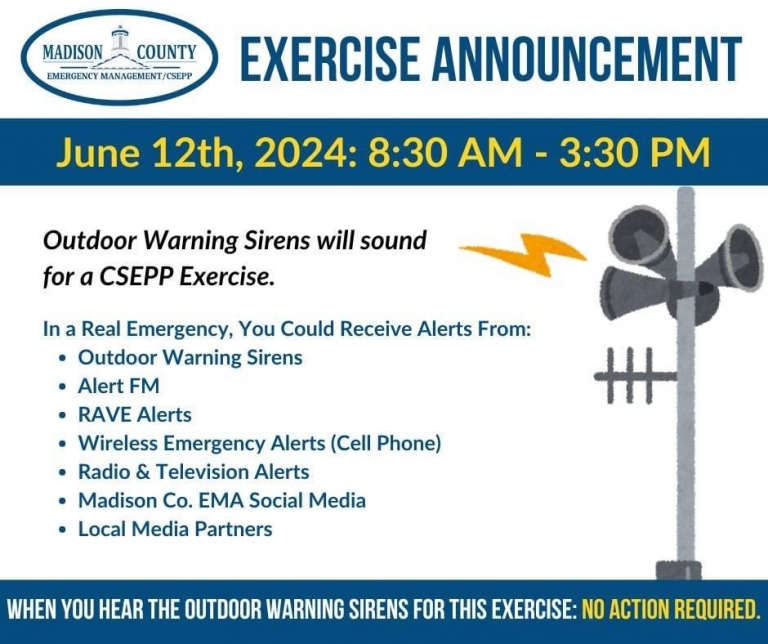Flooding
FLOOD WATCH
Flooding is possible. Be prepared to move to higher ground. Tune in to NOAA weather radio, commercial radio, or television for information.
FLOOD WARNING
Flooding is occurring or will occur soon; If advised to evacuate, do so immediately.
FLASH FLOOD WARNING
Seek higher ground on foot immediately.
PREPARING FOR THE FLOOD
- Be aware of streams, drainage channels, canyons, and other areas known to flood. Flash floods can occur in these areas with or without such typical warnings as rain clouds or heavy rain.
- Construct barriers (levees, beams, floodwalls) to stop floodwater from entering your area.
- Flooding can occur due to a Fire Emergency. If your area is protected by an automatic sprinkler system, it can activate during a fire.
- In an automatic sprinkler system, a network of piping filled with water under pressure is installed behind the walls and ceilings, and individual sprinklers are placed along the piping to protect the areas beneath them. Because the water is in the piping, the fire sprinkler system is always "on call". If fire breaks out, the air temperature above the fire rises and the sprinkler activates when the air temperature gets high enough. The sprinkler sprays water forcefully over the flames, extinguishing them completely in most cases, or at least controlling the heat and limiting the development of toxic smoke until the fire department arrives. Only the sprinkler(s) nearest the fire activate. Smoke will not activate sprinklers.
- The activation of an automatic sprinkler system will cause flooding and water damage to areas beneath the sprinkler heads. You should take precautions to protect property from water damage. Items should not be placed directly on the floor and valuables should be insured.
EVACUATION TIPS
- Secure your area. If you have time, bring outdoor property inside. Move essential items to an upper floor or at least up off of the floor.
- Turn off utilities at the main switches or valves if instructed to do so. Disconnect electrical appliances. Do not touch electrical equipment if you are wet or standing in water.
- Do not walk through moving water. Six inches of moving water can make you fall. If you have to walk in water, walk where the water is not moving. Use a stick to check the firmness of the ground in front of you.
- Do not drive into flooded areas. If floodwaters rise around your car, abandon the car and move to higher ground if you can do so safely. You and the vehicle can be quickly swept away.
Driving Flood Facts:
- Six inches of water will reach the bottom of most passenger cars causing loss of control and possible stalling.
- A foot of water will float many vehicles.
- Two feet of rushing water can carry away most vehicles including sport utility vehicles and pick-ups.

